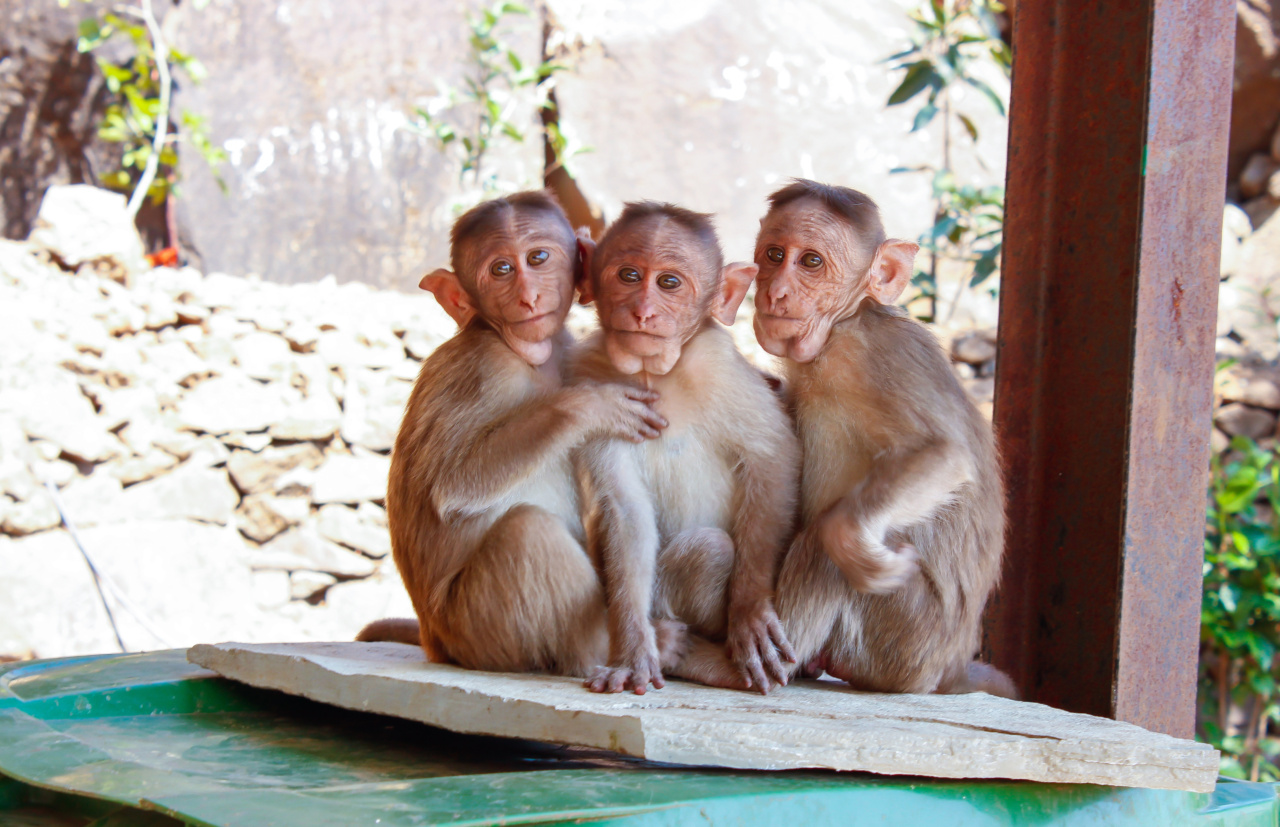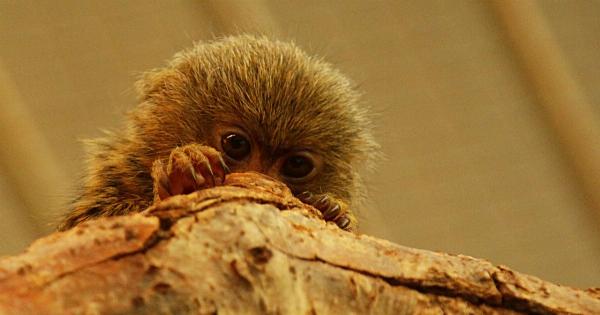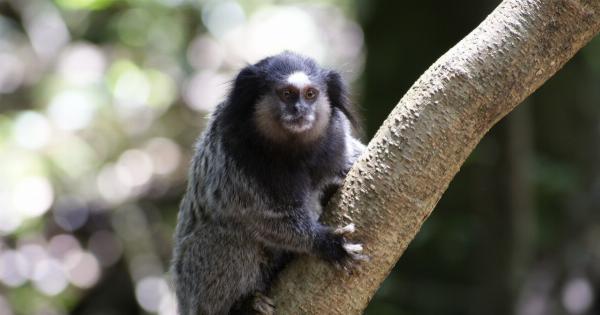Monkeys are fascinating creatures known for their intelligence and agility. While they are primarily found in the wild, some are captive-bred and used for scientific research in various laboratories.
These laboratories, particularly those involved in chemical experimentation, often involve inherent risks. Here, we explore the dangers associated with monkeys in chemical labs, highlighting the potential risks they pose and the precautions necessary to ensure safety.
The Role of Monkeys in Chemical Laboratories
Monkeys, such as macaques and capuchins, are widely used in scientific research due to their genetic and physiological similarities to humans.
Chemical labs often employ monkeys to study the effects of substances on the body, to develop new medicines and treatments, and to understand the mechanisms of various diseases. Their presence in these labs is crucial for advancing medical knowledge and improving human health.
Risks Associated with Monkeys in Chemical Labs
While monkeys are essential for scientific advancement, their presence in chemical labs also carries certain risks. These risks include:.
1. Physical Danger
Monkeys possess incredible strength and agility, which can sometimes lead to physical dangers. They may accidentally or intentionally damage laboratory equipment, leading to chemical spills, breakages, or the release of hazardous substances.
2. Zoonotic Diseases
Monkeys can transmit zoonotic diseases to humans, creating potential health hazards in chemical labs. These diseases include viral, bacterial, and parasitic infections that can be passed through bites, scratches, or contact with bodily fluids.
3. Allergies
Some people may develop allergies to monkeys or substances used in chemical experiments involving monkeys. These allergies can range from mild irritation to severe reactions, posing risks to both the researcher and the monkey.
4. Aggressive Behavior
Monkeys, especially those in laboratory settings, can exhibit aggressive behavior due to stress, confinement, or territorial instincts. Such behavior can endanger researchers, leading to bites, scratches, or other injuries.
Precautions to Ensure Safety
To minimize the risks associated with monkeys in chemical labs, various precautions need to be taken:.
1. Proper Training
Research personnel working with monkeys should receive comprehensive training on animal handling, behavior, and safety protocols. This training will enable them to understand and anticipate the monkeys’ reactions and minimize physical dangers.
2. Protective Gear
All individuals entering monkey enclosures or working directly with monkeys should wear appropriate protective gear, including gloves, masks, and, if necessary, coveralls.
This equipment helps prevent potential exposure to zoonotic diseases or allergens.
3. Vaccinations
Researchers and personnel working with monkeys in chemical labs should receive regular vaccinations against zoonotic diseases to reduce the risk of infection.
Immunizations play a crucial role in safeguarding their health and preventing potential outbreaks.
4. Proper Enclosure Design
Monkeys should be housed in enclosures specifically designed to minimize the risk of physical damage or escape.
These enclosures must be made of sturdy materials and include appropriate locks, latches, and barriers to prevent accidental releases or injuries.
5. Environmental Enrichment
Providing monkeys with environmental enrichment, such as toys, social interaction, and mental stimulation, can help reduce stress and aggressive behavior.
A calm and enriched environment promotes the well-being of the monkeys and maintains a safer work environment for researchers.
Conclusion
While monkeys play a crucial role in advancing medical knowledge and improving human health, their presence in chemical labs comes with inherent risks.
Physical danger, zoonotic diseases, allergies, and aggressive behavior are among the potential risks associated with monkeys in these environments. By implementing proper precautions such as training, protective gear, vaccinations, secure enclosures, and environmental enrichment, the risks can be minimized, ensuring the safety of both humans and monkeys involved in scientific research.































